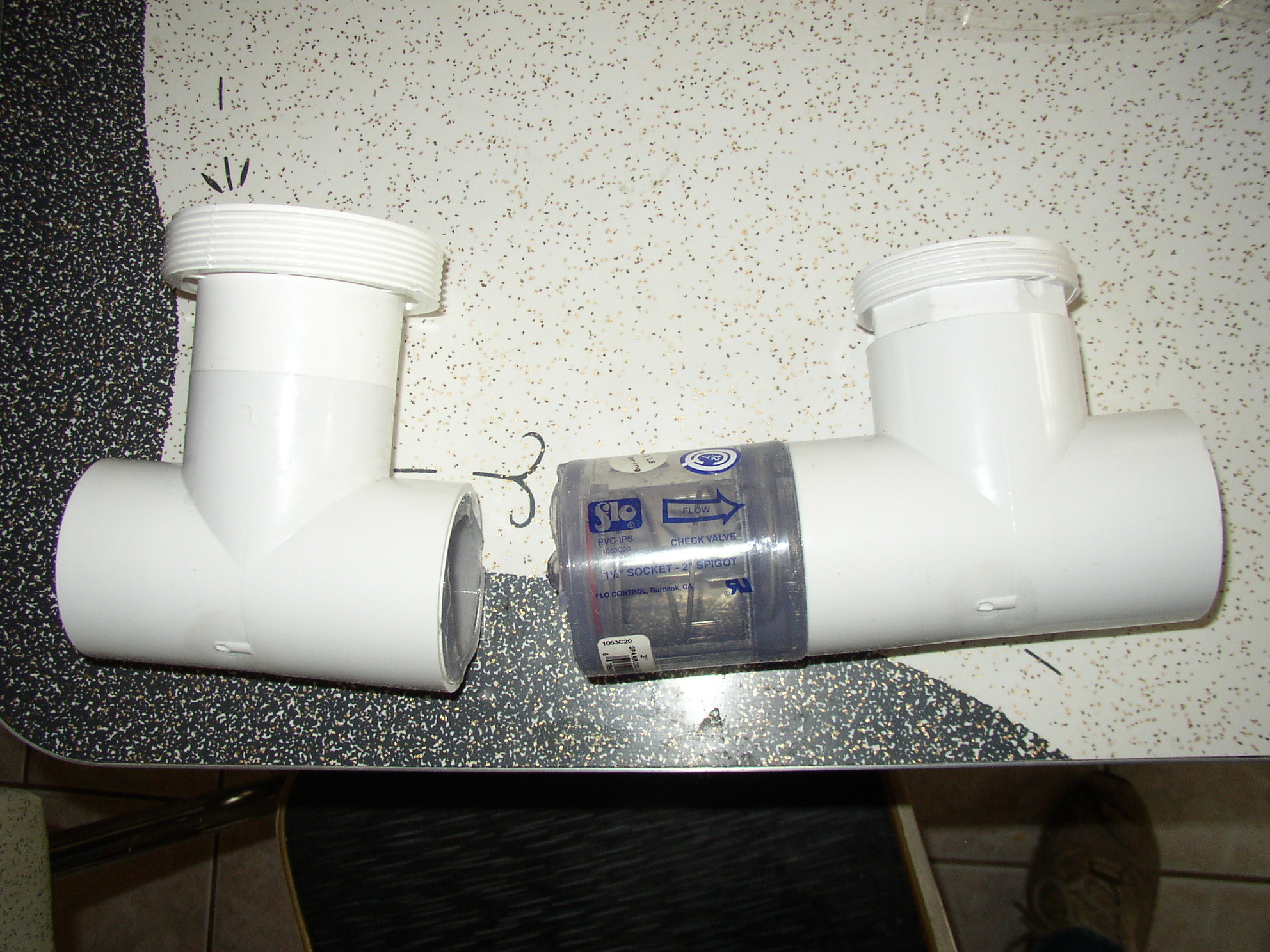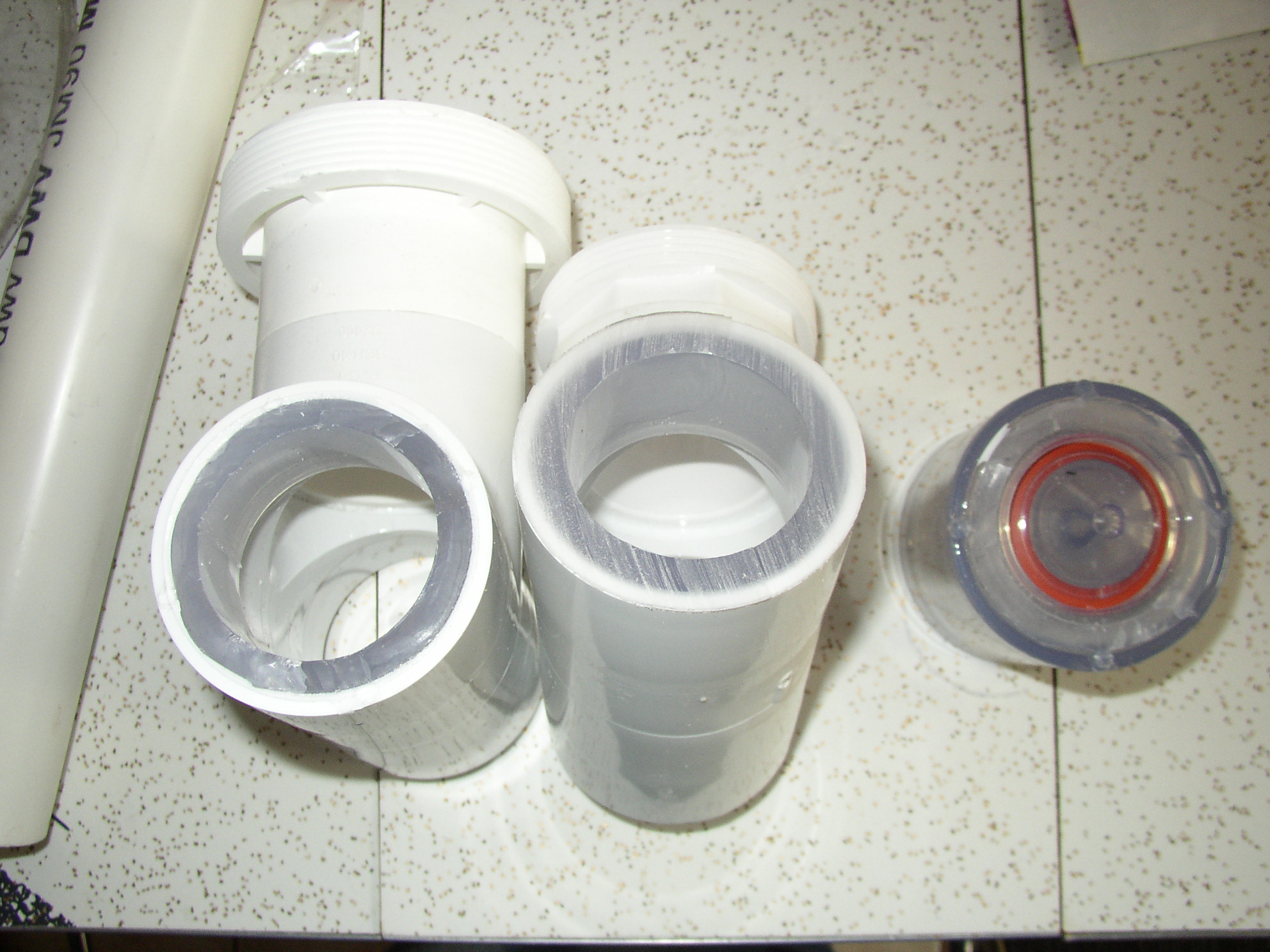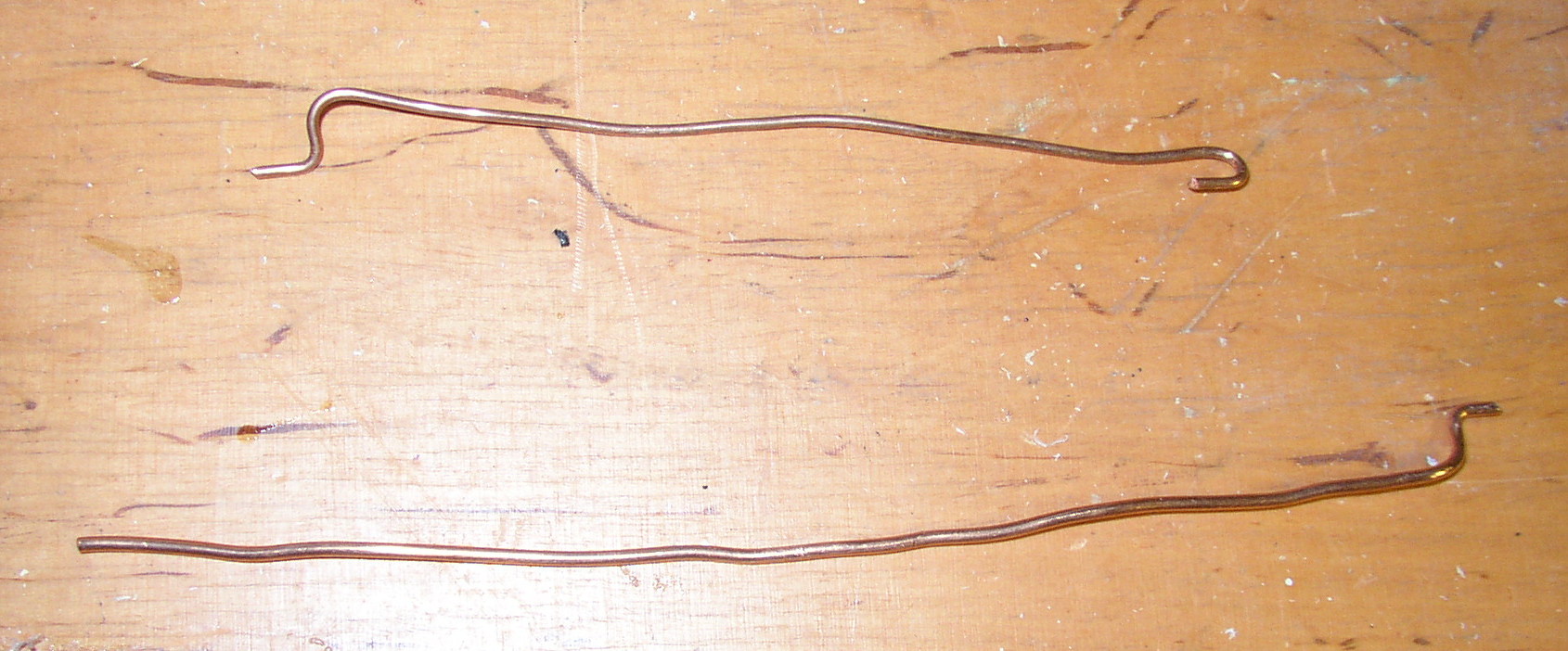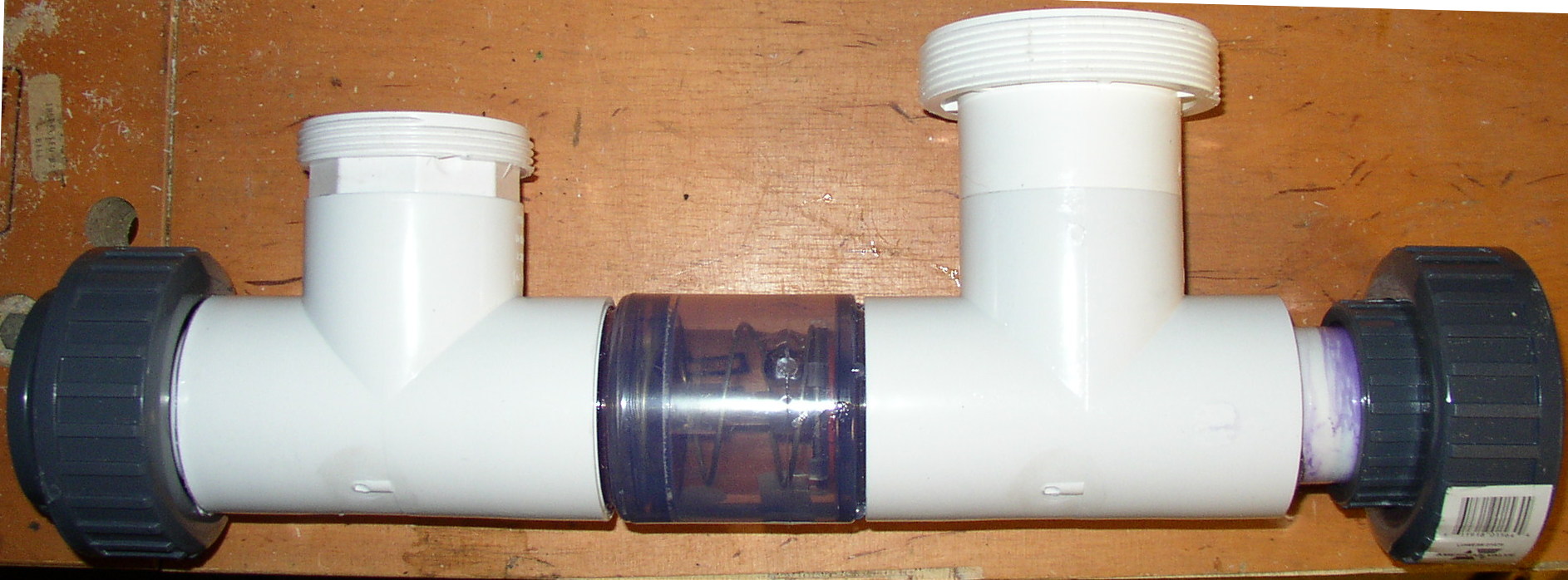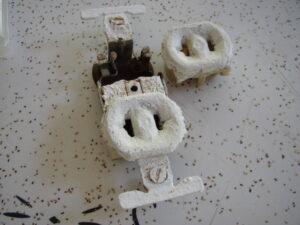One of the must-have appliances in our kitchen is an instant hot-water tap. Once you’ve gotten used to instant cups of hot tea, you’ll never want to be without one. Unfortunately, while these gadgets are a great luxury, they have a reputation for being unreliable. The most popular brand, In-sink-erator, is well known for lasting 2 or 3 years before the tank starts leaking. Indeed, that’s what happened to ours, while it was still under warranty. We contacted In-sink-erator, and they helpfully shipped us a brand new tank at no cost. The only problem was that the new tank also leaked. The ultimate solution was to replace the In-sink-erator with a different brand, a Waste King. The Waste King seems like a better made unit, and it’s been working fine for a month or so now, but the jury is still out as to its longevity.
With our family happily tapping instant hot chocolate again, I decided to take a closer look at the leaky In-sink-erator tanks. I wanted to pinpoint where they were leaking and see if I could repair them. It’s next to impossible to find leaks while the tank is in service, because it’s under the sink where it’s hard to get to, and the tank’s internal plumbing is hidden behind the case and the styrofoam tank insulation. The best way to find the leak is to take the tank and faucet out of service, remove the case and insulation, hook the faucet up to a temporary water supply, turn the water on, and look for the leak. The In-sink-erator faucet attaches to the water supply with ¼” copper tubing with compression fitting. I went to my local Lowe’s and picked up a ¼” compression to ½” male NPT adapter, and a ½” female NPT to female garden hose adapter, and used these to hook the faucet and tank up to my laundry tub faucet. With the case and insulation off the tank, I was able to pinpoint the leaks in both my original and replacement tanks.
The In-sink-erator tanks have a well-known issue where the plastic tubing fails between the tank and the backflow reservoir. It turned out that this wasn’t the problem with either of my tanks. On both my tanks, the culprit was a plastic bulkhead fitting: the original tank leaked at the water supply fitting at the top, and the replacement leaked at the drain fitting on the bottom. These fittings don’t appear to be serviceable, so the only option appears to be to replace them with higher quality bulkhead fittings. In the meantime, I salvaged a useable tank by using the top half of the replacement with the bottom half of the original. We’re happy with the Waste King dispenser for now, but if and when it fails, we now have a working In-sink-erator that we can fall back on.

